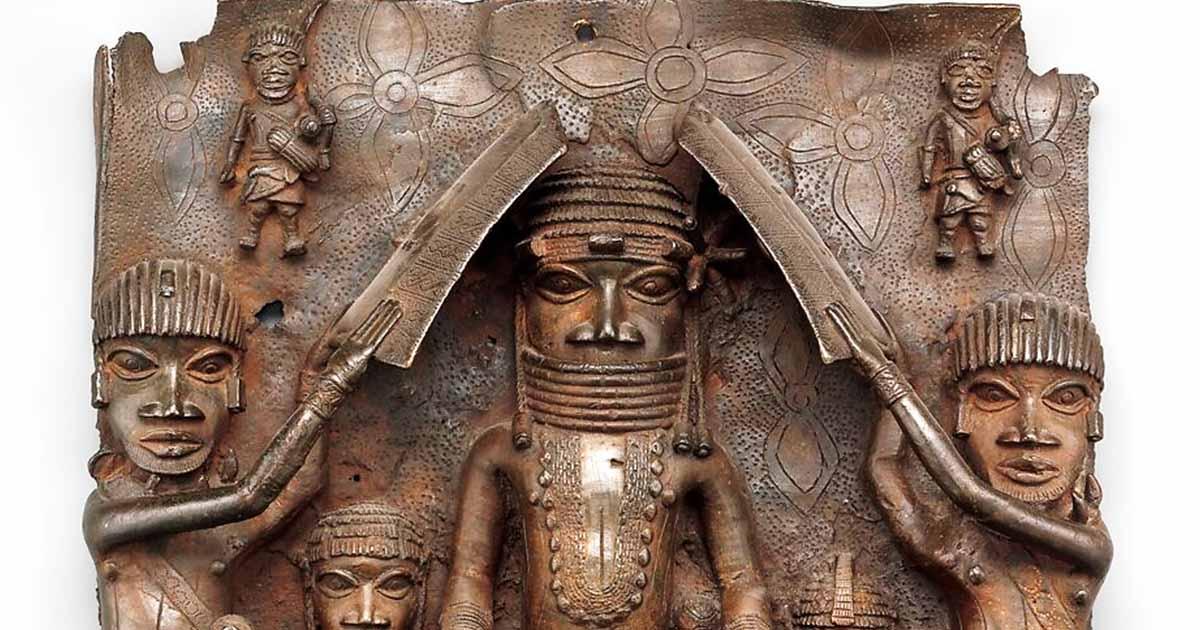
Western Reactions to the Controversial Benin Bronzes (Video)
In the closing years of the 19th century, an extraordinary exhibit in London showcased the art of a culture considered foreign and "savage" by the prevailing Western mindset. This exhibit consisted of the Benin Bronzes, intricately crafted pieces from the ancient West African kingdom of Benin that, contrary to the prevailing racial biases, bore testament to a rich history, culture, and civilization. This exhibition challenged prevailing ideas about Africa's lack of historical and cultural sophistication, fascinating yet troubling Victorian audiences, who found it hard to reconcile their prejudice about African societies with the undeniable artistic skill and cultural complexity reflected in the bronzes.
However, the Benin Bronzes also carry a tragic story of imperial plunder. The artworks now reside in London's British Museum, far from their ancestral home in Nigeria, due to an act of retaliation by British colonial forces in 1897. After an ambush on a British expedition, the forces attacked Benin City, deposed and exiled the king, set the royal palace ablaze, and looted the brass plaques and statues that once adorned the palace walls. This act not only stripped the Benin people of their treasures but also contributed to a distortion of African history and culture in the Western world. These bronzes, while revealing the depth and richness of African artistry, also serve as potent reminders of the cultural loss suffered due to colonial exploitation.
- The British Museum Distorts History and Denies its Racist Past
- The Benin Bronzes: A Tragic Story of Slavery and Imperialism Cast in Brass
Top image: Benin Bronze plaque. Source: Metropolitan Museum of Art / Public Domain.















